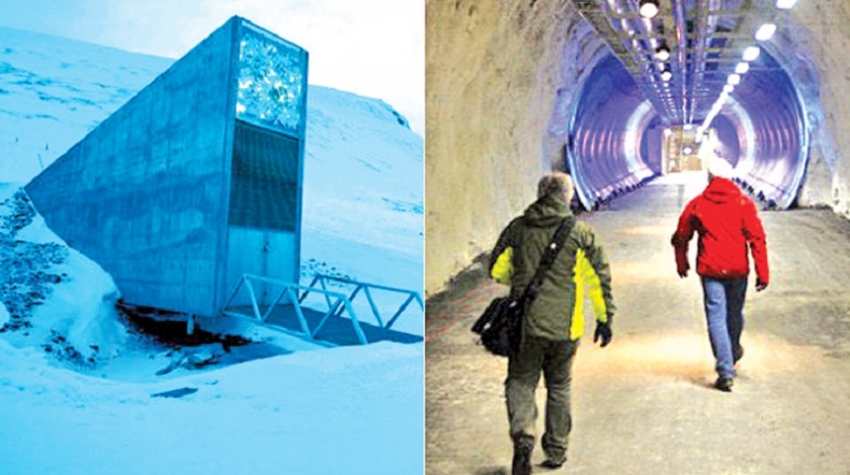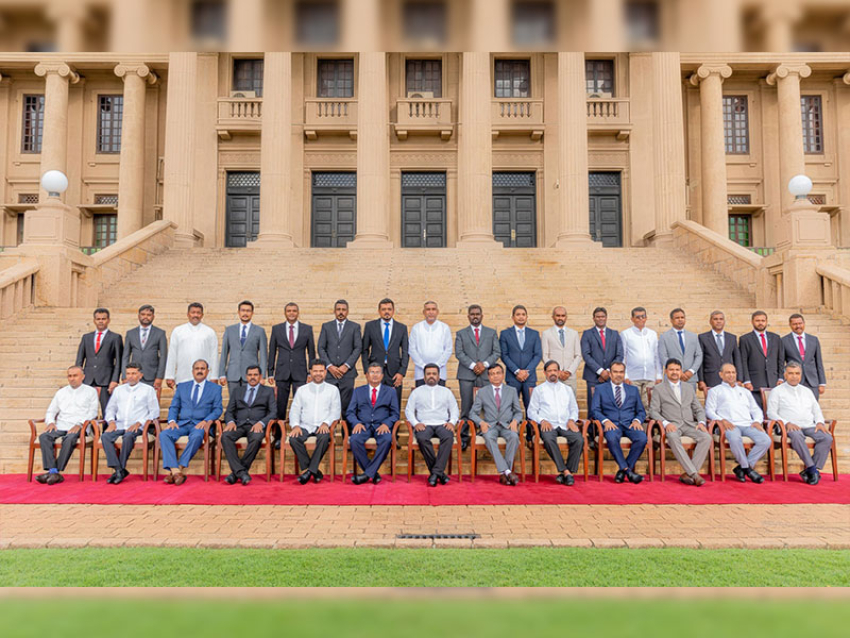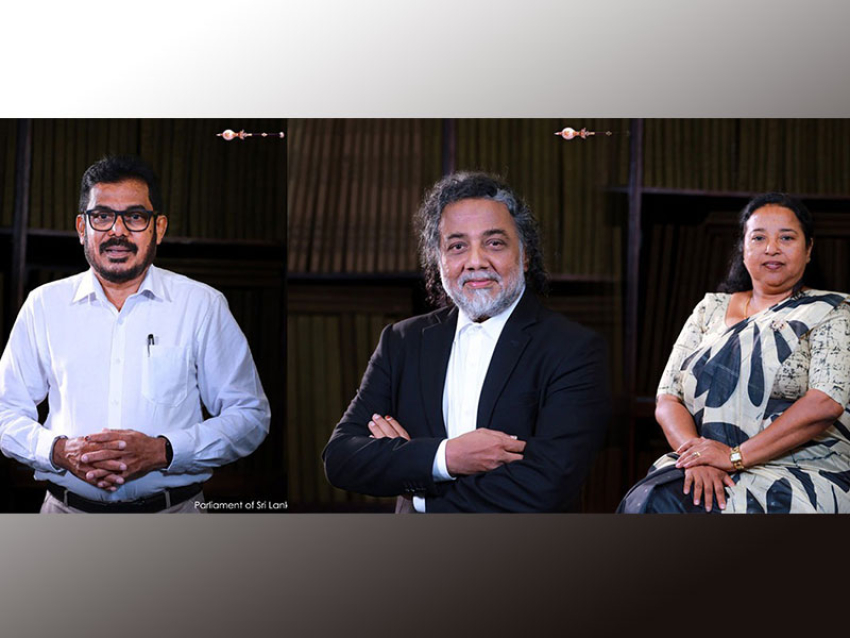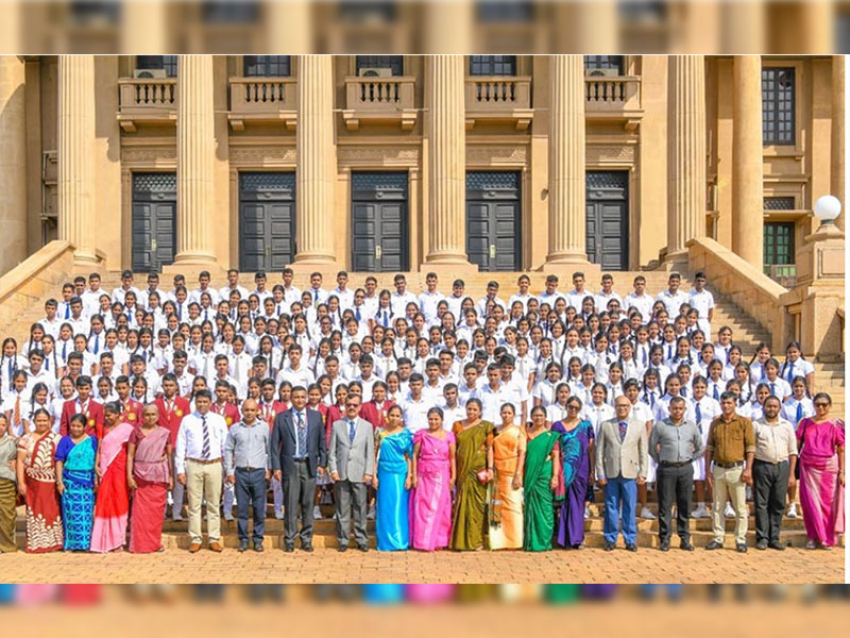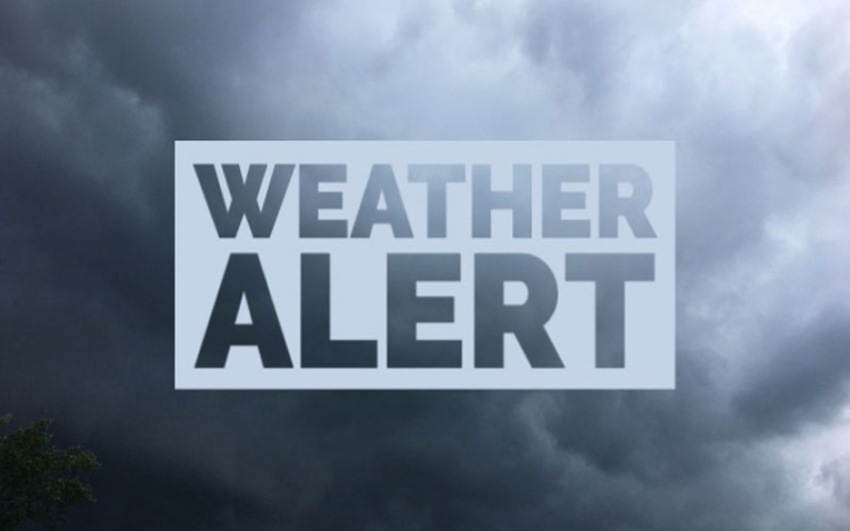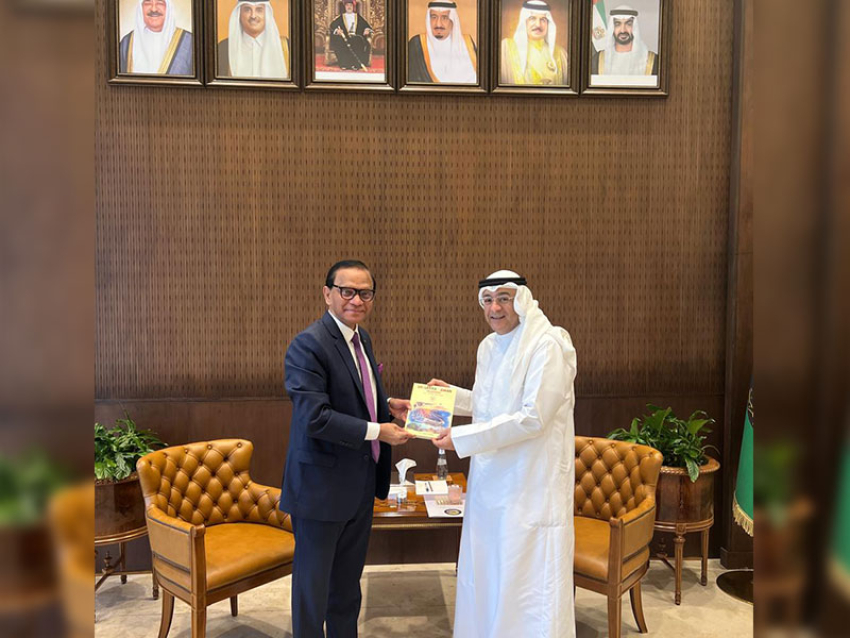According to a recent UN report, many species that are indirectly involved in food production, such as birds that eat crop pests and mangrove trees that help to purify water, are less abundant than in the past. Over 33% of the fish stocks are estimated to be overfished. Bee colony losses are on the rise and 17% of vertebrate pollinators, such as bats and birds are threatened with extinction. What is more, once lost, the species that are critical to our food systems cannot be recovered.
Clearly, the foundations of our food systems are being undermined and this is unsustainable. It will be even more so as we increase food production to feed a growing population – nearly 10 billion by 2050.
Here are options to change the tide
* ‘Doomsday seed bank’ aims to conserve crop diversity for the future
Deep inside a mountain on a remote island in the Svalbard archipelago, some 1,100 kilometres from the North Pole, lies the Global Seed Vault. The CGIAR – the world’s largest global agricultural innovation network, along with the Gates Foundation, other corporations and the Government of Norway have invested millions of dollars in building this bank.
Also called the ‘doomsday seed bank’, it is the largest collection of crops and has over a million different varieties of seeds from the entire world. Its aim is to conserve crop diversity for the future. Seeds are specially wrapped to exclude moisture. The vault marked its 10th anniversary last year. Safeguarding such a huge range of seeds means scientists will have the best chance of developing nutritious and climate-resilient crops for the future generations.
* Eat-a-Rainbow initiative teaches children the benefits of eating nutritious food
Samoa has the perfect climatic conditions for growing fruits and vegetables. Yet, most food is imported into the country. Today, Samoa has a high prevalence of non-communicable diseases such as blood pressure and diabetes due to poor diets. The WHO estimates that 70% of deaths in Samoa is caused by non-communicable diseases.
The World Bank’s Samoa Agriculture Competitiveness Enhancement Project is working with Samoan farmers to improve the quality and quantity of locally produced food, while at the same time collaborating with the Ministry of Health to encourage children to eat a greater variety of food. The Eat a Rainbow initiative works with schools across Samoa to teach children the benefits of eating nutritious, local produce of all the colours of the rainbow and how a varied diet promotes healthy living.
* Agricultural diversity has a positive impact on the nutritional status of children in the household
The Food and Agricultural Organization of the United Nations (the FAO) estimates that there are roughly a quarter million plant varieties available for agriculture, but less than 3 percent of these are in use today.
Many smallholder farmers engage in monocropping which renders food production to be less resilient. Analysis in Nigeria showed that when small farm households were encouraged to produce a more diverse set of foods (for example, fruits and vegetables, legumes, milk, eggs, and fish) and were given nutrition awareness trainings, the result was greater diversity in diets, higher intake of micronutrients and a more positive impact on the nutritional status of children in the household.
It highlights the need for a combination of interventions – improve nutrition literacy; remove land use restrictions and price policy biases toward cereal crops; promote homestead gardens, nutrient dense crops, fish farming, and livestock.
* Foods richest in micro nutrients such as fruits, vegetables and seeds depend on pollination
When we think of pollinators we often think of bees. But did you know butterflies, birds, moths and beetles and even bats are pollinators too? Foods richest in micro nutrients such as fruits, vegetables and seeds depend on pollination. In fact, according to the FAO, 75% of all crops depend, in part, on pollination.
Since bees and other pollinating insects play a vital role in producing the food that we eat, a London Council is growing a seven-mile long “bee corridor” of wildflowers.
* Alternative farming systems to preserve water, forests and land
The potential of hydroponics and aquaponics: While the former refers to growing vegetables in nutrient-rich water, the latter combines growing fish and vegetables in water. Both are soil-free methods of cultivating crops and require:
* 75-95% less water;
* No arable land and soil;
* Minimal use of space; and
* Is portable and uses solar power
Can they change the future of food? According to the World Resources Report, “between 1962 and 2010 alone, almost 500 million hectares of forests and woody savannas were cleared for agriculture”, leading directly to today’s worrisome biodiversity crisis.
****
Seed Vault
In a remote island in the Svalbard archipelago, halfway between mainland Norway and the North Pole, lies the Global Seed Vault. Samples of seeds from seed collections in the UK, Benin, India, Pakistan, Lebanon, Morocco, the Netherlands, the US, Mexico, Bosnia and Herzegovina and Belarus have been transported to the vault on the Svalbard archipelago between mainland Norway and the North Pole for long-term safekeeping.
The preparation and shipment of seeds to the facility has been funded in-part by the Crop Trust, which works worldwide to create, fund and manage an efficient and effective global system of seed collections.
The Svalbard Global Seed Vault is said to be a safe and secure vault supported by the Crop Trust which can store up to four and a half million samples of crops from all over the world. By preserving duplicate samples of seeds held in gene banks worldwide, the vault provides a ‘fail safe’ insurance against loss of crop diversity caused by climate change, natural disaster or war, according to the Crop Trust.
The Seed Vault has the capacity to store 4.5 million varieties of crops. Each variety will contain on average 500 seeds, so a maximum of 2.5 billion seeds may be stored in the Vault.
Currently, the Vault holds more than 968,000 samples, originating from almost every country in the world. Ranging from unique varieties of major African and Asian food staples such as maize, rice, wheat, cowpea, and sorghum to European and South American varieties of eggplant, lettuce, barley, and potato. In fact, the Vault already holds the most diverse collection of food crop seeds in the world.
The focus of the Vault is to safeguard as much of the world’s unique crop genetic material as possible, while also avoiding unnecessary duplication. It will take some years to assemble because some gene banks need to multiply stocks of seed first, and other seeds need regenerating before they can be shipped to Svalbard.
A temperature of -18ºC is required for optimal storage of the seeds, which are stored and sealed in custom made three-ply foil packages. The packages are sealed inside boxes and stored on shelves inside the vault. The low temperature and moisture levels inside the Vault ensure low metabolic activity, keeping the seeds viable for long periods of time.
****
Seven-mile long “bee corridor”
A London council is growing a seven-mile long “bee corridor” of wildflowers in an effort to boost the numbers of pollinating insects this summer. Brent Council in north London is sowing 22 wildflower meadows in the borough’s parks and open spaces, which together will form 50,000sq m of new flowering spaces and stretch seven miles in length. The council said it believed the initiative to be the first of its kind in the capital. The authority said workers were ploughing plots that have been picked as meadow areas. Once the ground is ready, seeds including ragged robin, cowslip and common poppy are to be sown to encourage more visits from pollinating insects.
Brent Council announced its bee corridor plans just after a major UN report detailed the devastating impact humans are continuing to have on the natural world.
The Intergovernmental Science-Policy Platform on Biodiversity and Ecosystem Services (IPBES) said wild mammals had declined by 82 per cent since 1980, space for natural ecosystems had halved, and one million species were now at risk of extinction as a result of human action.
Brent Council also cited a separate study published in the journal Nature last month, which showed a huge drop in the number of pollinating insects across the UK since the 1980s. The study indicated the loss of wild habitats had played a large part in this, with more than 97 per cent of the UK’s wildflower meadows having disappeared since the Second World War. Many butterflies, bees, dragonflies and moths rely on these flowers to thrive.
Insect pollinators are vital for the maintenance of ecosystem health and for global food security. Insects are required to maintain the existence of 75 per cent of crop species, 35 per cent of global crop production and up to 88 per cent of flowering plant species.

